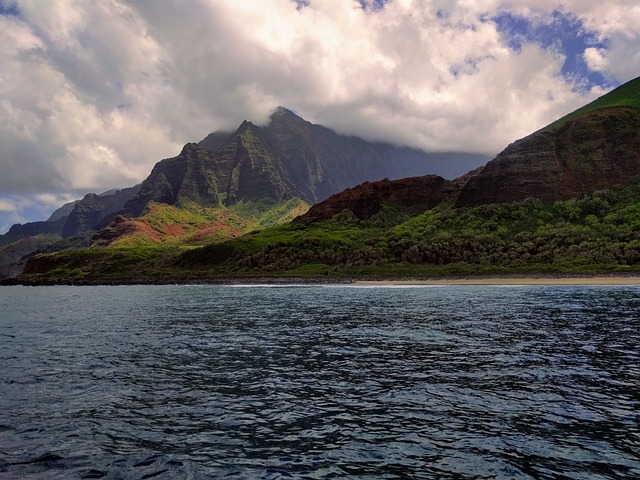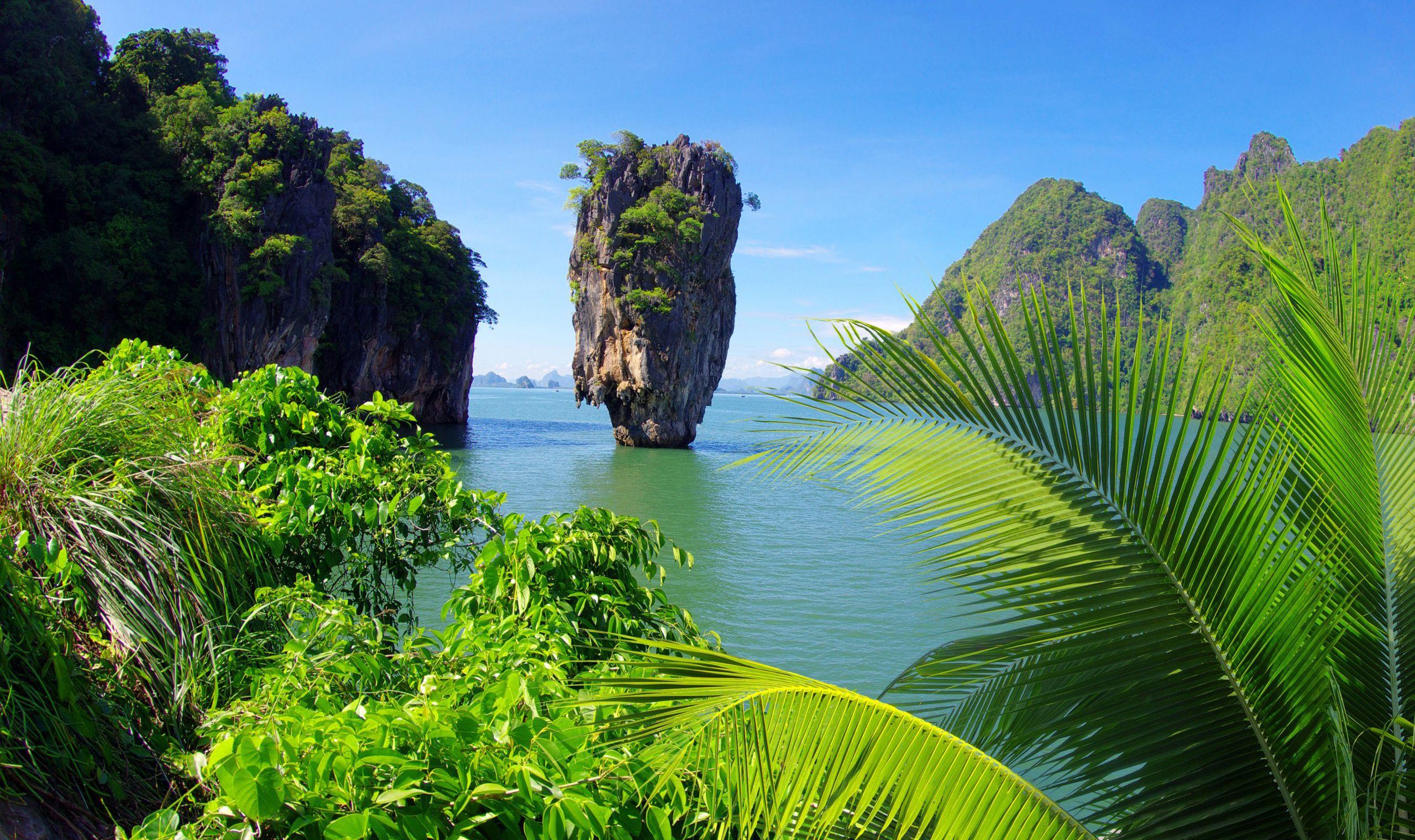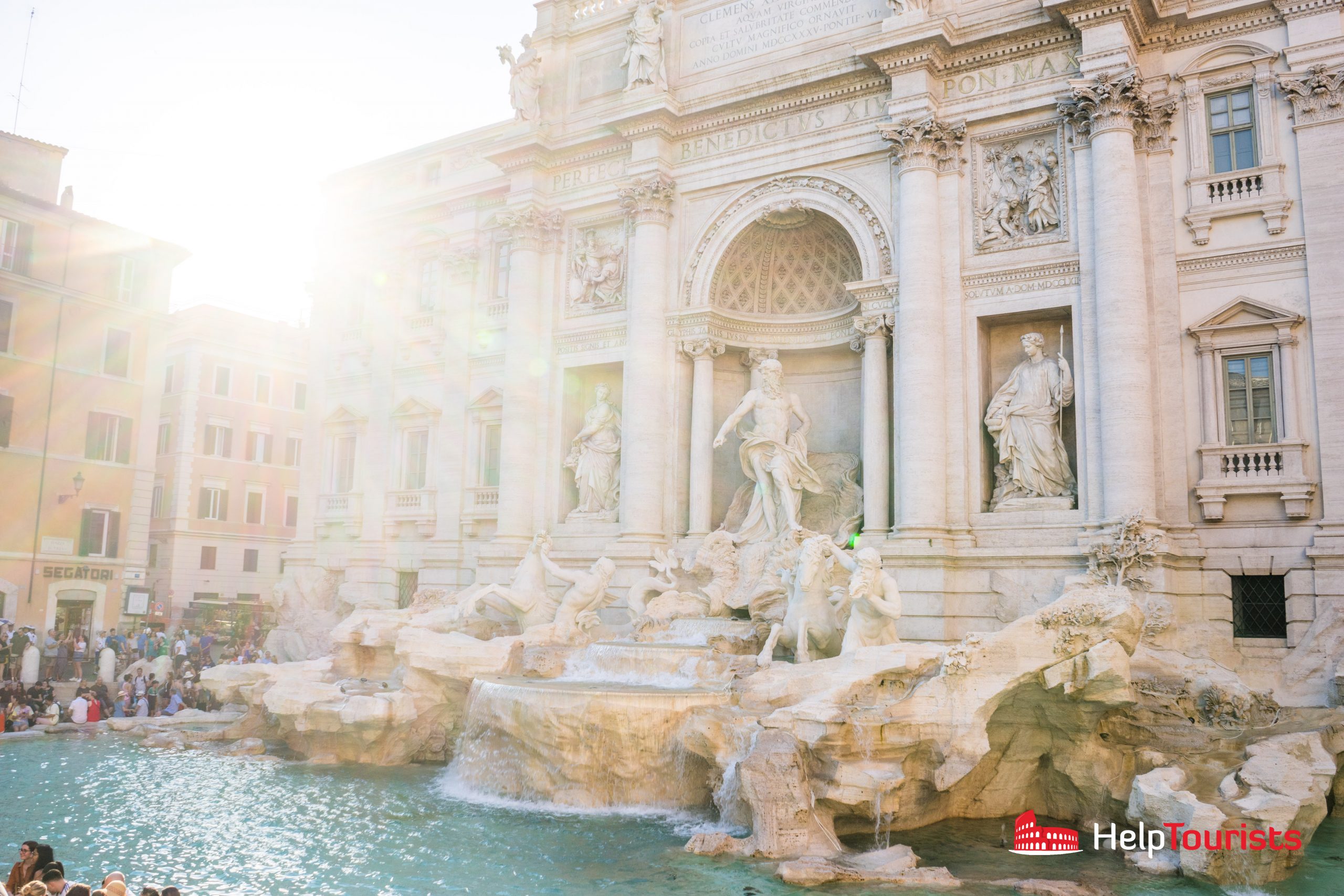The Hawaiian Islands, known for their breathtaking landscapes and rich cultural history, are a unique amalgamation of natural wonders and human traditions. Here, we delve into a compilation of interesting facts about Hawaii that illuminate its multifaceted character, offering keen insights that may intrigue both seasoned travelers and armchair explorers alike.
1. Geological Origins
The Hawaiian Islands are an archipelago formed by volcanic activity that erupted from the ocean floor. The islands are situated on the Pacific ‘Hot Spot,’ a location where magma from the Earth’s mantle rises to create volcanoes. As tectonic plates shift, older islands erode while new ones are formed, resulting in an ever-evolving landscape. The formation of islands such as the Big Island, which is still growing due to the active Kilauea volcano, highlights the dynamic geological processes at play.
2. The Unique Ecosystem
The isolation of the Hawaiian Islands has fostered a remarkably distinctive ecosystem. Approximately 25% of the native flora and fauna found in Hawaii exists nowhere else on the planet. Consider the native ‘Ie‘ie plant or the Hawaiian nene, a goose that has adapted to the islands’ unique environment. Conservation efforts are underway to protect these endemic species from invasive plants and animals that threaten their existence.
3. Language and Culture
The cultural tapestry of Hawaii is interwoven with diverse influences, predominantly from Polynesian, Asian, and European heritage. The native Hawaiian language, ʻōlelo Hawaiʻi, played a pivotal role in this evolution. Today, there is a revitalization movement aiming to preserve and promote the language, alongside traditional practices such as hula dancing and chanting, which were historically used to convey stories and maintain cultural identity.
4. Climate Variations
Despite the common perception of Hawaii as a tropical paradise, the islands exhibit diverse microclimates. From the lush rainforests of Kauai to the arid landscapes of the Big Island’s leeward side, climate can vary significantly within short distances. This climatic diversity supports a range of ecosystems, attracting nature enthusiasts and researchers alike who aim to study its rich biodiversity.
5. Iconic Landmarks
Hawaii boasts several iconic sites, including Pele’s home, the Kilauea Volcano, and the stunning geological formation of Waimea Canyon, often referred to as the ‘Grand Canyon of the Pacific.’ These natural wonders not only attract tourists but also hold cultural significance for native Hawaiians, who view them as sacred spaces imbued with spiritual meaning.
6. A Confluence of Art and History
The blending of art and history in Hawaii is palpable. The islands are home to numerous galleries and cultural institutions that showcase traditional and contemporary art. Museums like the Bishop Museum in Honolulu provide insights into the history and heritage of Hawaii, making it an essential visit for those seeking a deeper understanding of the islands’ past.
7. Unique Festivals
Festivals in Hawaii celebrate local culture, history, and agriculture. Events such as the Merrie Monarch Festival are dedicated to hula, featuring competitions among the best hula halau (schools). Meanwhile, the Aloha Festival showcases traditional Hawaiian music, crafts, and culinary delights, enriching the cultural landscape and providing an avenue for community engagement.
8. The Culinary Scene
The culinary offerings of Hawaii reflect its multicultural heritage, resulting in a unique and flavorful cuisine. Iconic dishes like poke, loco moco, and spam musubi showcase the islands’ innovative use of locally sourced ingredients. The influence of Asian cuisine, particularly Japanese and Filipino, adds layers of complexity and diversity, making Hawaiian food a delightful journey for the palate.
9. Marine Life and Conservation
The surrounding waters of the Hawaiian Islands are teeming with vibrant marine life. Hawaii is famed for its coral reefs, which provide habitats for an array of species. Efforts to protect these fragile ecosystems are critical, particularly as climate change and pollution pose significant threats. The establishment of marine protected areas and initiatives to promote sustainable tourism help ensure the longevity of these underwater treasures.
10. The Aloha Spirit
Perhaps the most celebrated aspect of Hawaii is the “Aloha Spirit,” a philosophy that embodies kindness, unity, and compassion. This cultural ethos extends beyond mere greetings, influencing social interactions and community life. Understanding the essence of Aloha fosters deeper connections with the local populace and enriches the visitor experience.
11. Unique Flora
The biodiversity of Hawaii is extraordinary, with over 1,000 species of native plants that include unique varieties like the Hawaiian silversword and the endemic flowering plant, the ʻōhiʻa lehua. The conservation and study of these plants are critical, as they not only contribute to the islands’ beauty but also play essential roles in the overall ecology.
12. The Maritime Legacy
Hawaii has a rich maritime history, evident through ancient Polynesian navigational practices that utilized the stars and ocean currents. The construction of traditional outrigger canoes showcases this enduring legacy. Modern endeavors in sailing, surfing, and other water sports continue to honor and reflect this proud maritime heritage.
Exploring the Hawaiian Islands offers an enriching journey through stunning scenery, profound culture, and unrivaled biodiversity. This collection of facts serves as a gateway to understanding what makes Hawaii not just a vacation destination, but a vibrant, living tapestry of history, culture, and nature.










